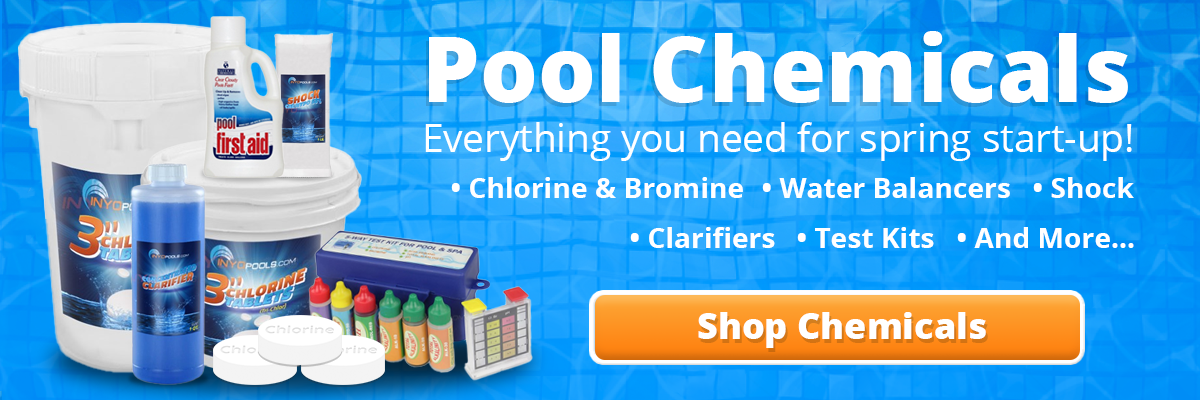There are a couple of ways to get rid of the chlorine smell. The first way is to use a chlorine based shock to the pool. You will need to reach what is called "break point chlorination" to get rid of the smell. Breakpoint chlorination is the point where the chemical bond that ties nitrogen, chlorine and ammonia together by using large amounts of chlorine. This will cause the chlorine residual to drop rapidly. Reaching a true chlorine breakpoint is vital to breaking a chlorine lock. If breakpoint is not reached using this method, the problem will only get worse. To accomplish a breakpoint, 7.6 free chlorine molecules are used to break apart an individual combined chlorine molecule. The amount of product you will need will vary depending on the type of shock you are using. Aside from knowing your total chlorine, free chlorine, number of gallons in the pool, and the weight of a gallon of water (8.34 lbs.), you will also need to know the type of pool shock you are using. Before attempting this method, the pH needs to be between 7.2-7.4. This equation will be a two part process. The first step will be determining the ppm of chlorine needed to reach breakpoint: (TC-FC) x 10. Using the same amount above, the equation would look like this: (5-3) x 10 = x ppm or 2 x 10 = 20 ppm. I will need 20 ppm of chlorine to reach breakpoint in this 15,000 gallon pool. The next step is to determine how much product I will need. I'm using calcium hypochlorite in this example and need 2 oz. per 10,000 for a 1 ppm increase. I'll need to multiply 2 oz. x (gallons in pool/10,000) x (ppm needed/ppm dosage) which simply put is: 2 oz. x (15,000/10,000) x (20 ppm/1 ppm) or 2 oz x 1.5 x 20= 60 oz. To convert ounces to pounds, I divide by 16: 60 oz./16= 3.75 lbs. So to reach breakpoint in my 15,000 gallon pool I will need 3.75 lbs. of calcium hypochlorite.
Click Here to View Our Full Selection of Pool Shock
Click Here to View Natural Chemistry Enzyme Cleaner



InyoPools Product Specialist Dennis R. Posted: 8/30/2013
GAG - Chlorine smell from a pool can be corrected. Reread the suggestions offered in this guide. If it continues to be a recurring problem, you might consider converting to a Salt Chlorine Generation system. See our guide on "How To Install an In-Line Salt Chlorine Generator". This would eliminate any chlorine smell.Reply
Anonymous Posted: 8/29/2013
GAG!!I am looking at buying a condo and their indoor pool and hot tub area smells highly of chlorine. My daughter was the one to warn me, as she looked at the condo with me. It is an over 55 community, makes one wonder about the "matter" in the pool. I love the unit, and wanted to use the pool....
Reply